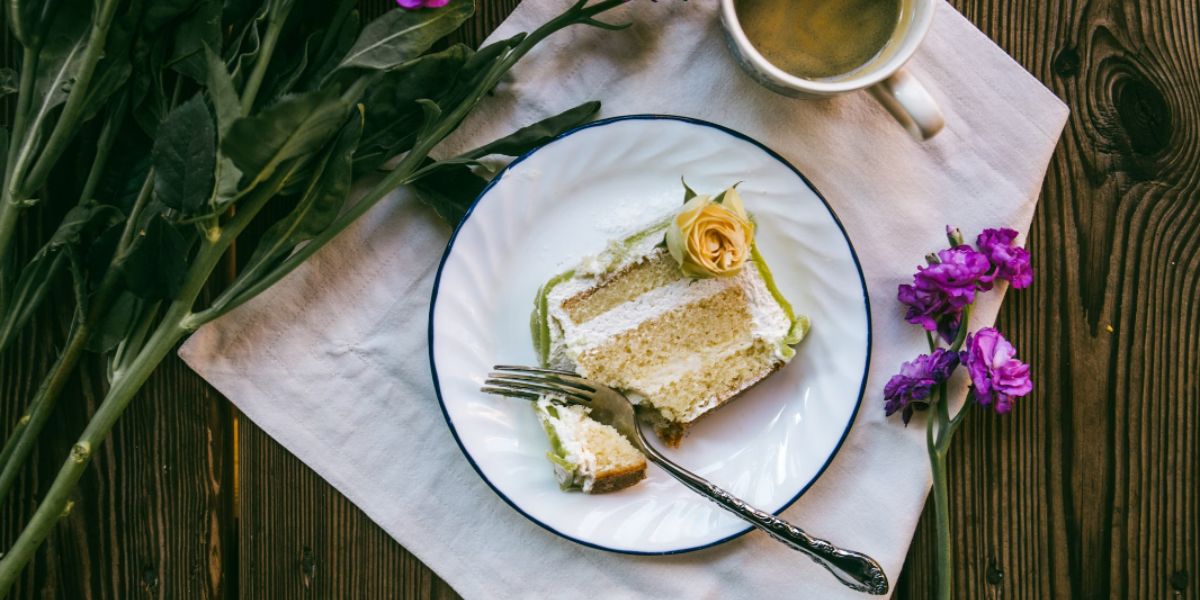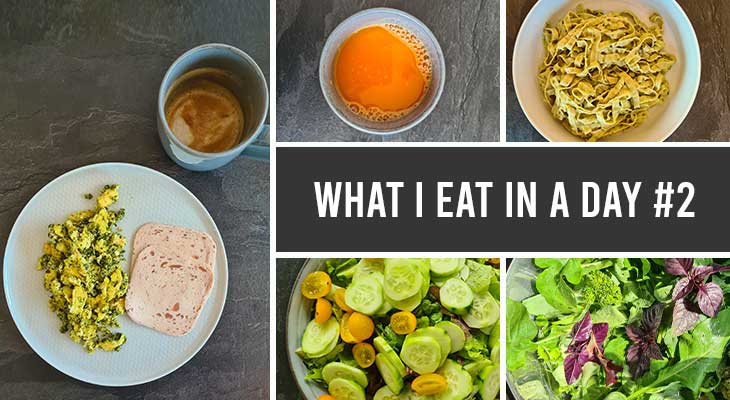Edible Roses: Transforming Your Meals with Delicious Blooms
Roses are not just a feast for the eyes; they can also tantalize your taste buds! In this delectable guide, we’ll explore how to use roses in your cooking and baking.
When we think of roses, our minds often drift toward the beauty of their petals or the sweet fragrance they emit. But did you know that these enchanting flowers can also elevate your culinary experiences? Roses, particularly the petals, have been used in various cuisines around the world, adding both flavor and visual appeal to dishes. From Middle Eastern desserts to contemporary salads, the versatility of roses in cooking is truly remarkable. Let’s explore the delicious and decorative world of roses on your plate.
The Culinary History of Roses
Roses have a rich history in cooking that dates back centuries. Ancient Romans and Greeks incorporated rose petals into their food and drinks, embracing their aesthetic and aromatic qualities. In Ayurvedic practices, rose water has been used not only for its fragrance but also for its health benefits. In Middle Eastern cuisine, particularly Persian, rose petals are a staple ingredient, often used in sweets and savory dishes alike.
The culinary use of roses is also prominent in Indian cuisine, where dishes like Gulab Jamun (sweet dumplings soaked in rose syrup) and Gulab Pulao (a fragrant rice dish) exemplify how these flowers can enhance flavors and aromas. In China, rose petals are used to create delicate teas and desserts, while in France, rose-flavored candies are a tradition. As food enthusiasts continue to seek out natural and unique ingredients, the culinary potential of roses is experiencing a renaissance.

Nutritional Benefits of Rose Petals
In addition to their beauty and flavor, rose petals offer several health benefits. They are rich in antioxidants, which help protect the body against free radicals. Rose petals also contain vitamins A and C, supporting skin health and boosting the immune system. Furthermore, rose has anti-inflammatory properties and can aid digestion when brewed as a tea. Incorporating rose petals into your meals may not only please your palate but also support your overall well-being.
Culinary Uses of Roses
- Rose Water. One of the most popular culinary applications of roses is rose water. Made from distilling rose petals, this fragrant liquid is a common ingredient in Middle Eastern and Indian desserts. It adds a floral note to dishes such as rice pudding, kheer, and baklava. In modern cooking, rose water is also being used in cocktails and mocktails, providing a refreshing floral twist.
- Infused Oils and Vinegars. Creating rose-infused oils and vinegars is an excellent way to incorporate the flavor of roses into savory dishes. To make rose oil, simply combine olive oil with dried rose petals and let it steep for a week. This infusion can add depth to dressings, marinades, and drizzle over roasted vegetables. Rose-infused vinegar can similarly enhance salads or be used in pickling.
- Salads and Garnishes. Fresh rose petals can be used to beautify and flavor salads. Consider adding a handful of edible rose petals to a mixed green salad with goat cheese, walnuts, and a light vinaigrette. The petals not only enhance the visual appeal but also impart a subtle sweetness that complements the other ingredients. Additionally, roses can be used as a garnish in various dishes, adding a touch of elegance to plates.
Desserts and Sweets
Roses shine when it comes to desserts. From traditional Middle Eastern treats like Rooibos and Rose Jelly to modern creations like Rose Ice Cream, the sweetness of the petals pairs beautifully with sugar and cream. You can also try making a rose-flavored macaron or adding rose syrup to cakes and pastries to elevate their flavors.

Creative Culinary Ideas
For those daring enough to experiment in the kitchen, consider trying some innovative rose recipes. Here are a few ideas:
- Rose-Infused Cake or Tiramisu. Create a luscious cake infused with rose water or rose petals for a refreshing twist.
- Rose and Berry Salad. Toss together mixed greens, seasonal berries, and edible rose petals, drizzled with a honey-rose vinaigrette.
- Rose Petal Jam. Make a fragrant jam using fresh rose petals, sugar, and lemon juice. This can be spread on toast or used as a filling for pastries.
- Rose-Infused Lemonade. Combine lemon juice, water, sugar, and rose water for a refreshing summer drink.
Integrating roses into your culinary repertoire not only enhances the aesthetic appeal of your dishes but also invites a new range of flavors and health benefits. As the trend of edible flowers gains momentum, it’s time to embrace the sophisticated charm of roses on your plate. Whether you choose to create a beautiful salad or whip up a delectable dessert, the addition of roses will surely captivate both the eyes and the taste buds. So why wait? Explore the delightful world of culinary roses and transform your meals into an exquisite experience. Roses are not just for the garden; they belong on your table, too.
If you make this, please leave a review and rating if you liked this recipe! ★★★★★






